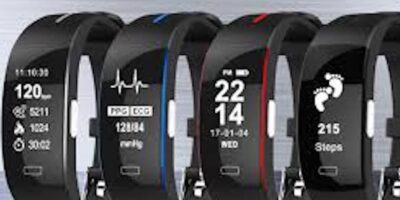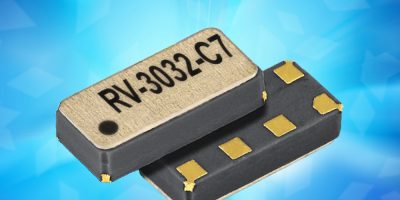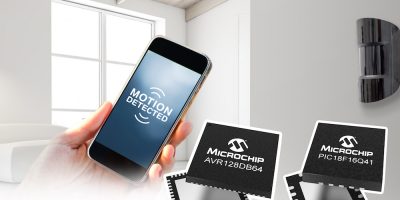Swiss semiconductor company, EM Microelectronic, announces full volume production of em|linq, the NFC tag authentication IC. em|linq offers to brands the possibility to engage with their customers via NFC and to offer advanced product authentication.
NFC tags are a popular support for consumer engagement, turning any smartphone into a portal for accessing brand content. When the NFC tag content is dynamic, the tags also provide enhanced protection against cloning.
Scalability requires robust, cost-effective products but the authentication component adds cost and complexity typical to smartcards, making the return on investment proposition more difficult. In response, em|linq combines powerful cryptographic mechanisms typically reserved to smartcard products with the convenience and affordability of RFID products, says EM Microelectronic.
It is based on proven, open standards, allowing for full degree of freedom in the implementation of the authentication service. The key management and provisioning. critical for the security architecture, can be handled and fully controlled by the company who implements the solution, regardless of its position in the value chain, whether inlay or label manufacturer, integrator, brand or retailer.
Programming the cryptographic keys into the chips is segregated from programming the URL for the authentication service, providing additional flexibility and security for the system implementation.
The IC also opens up integration possibilities for electronic labels. Its small form factor provides superior mechanical robustness, says EM Electronic. Its power efficiency enables small antenna form factor to enhance communication performance. Electrical characteristics are compatible with most of the antenna designs on the market, reducing the engineering effort.
The authentication engine is built on top of a traditional RFID architecture rather than by simplifying a cumbersome smartcard one. Adding the authentication functionality remains an extension of a traditional RFID use case, with no unnecessary overhead. The tags are produced using the same process flow and with the same quality and cost-effectiveness as the standard RFID products. EM Electronic says its RF performance allows for very small inlay constructions, for ease of integration and to reduce the cost.
em|linq is NFC Type-2 compliant. Optimised cryptographic hardware implementation provides best-in-class web authentication brand protection to consumers’ smartphones, claims EM Electronic, using a dynamically generated HMAC-SHA1 code appended to the URL stored in the NDEF container.







